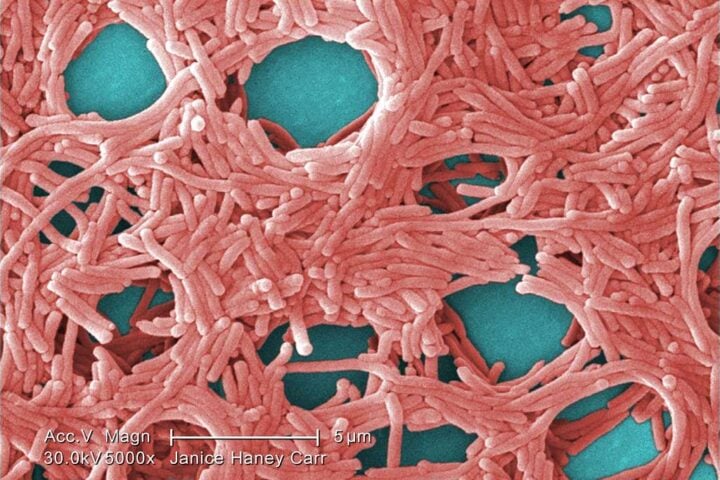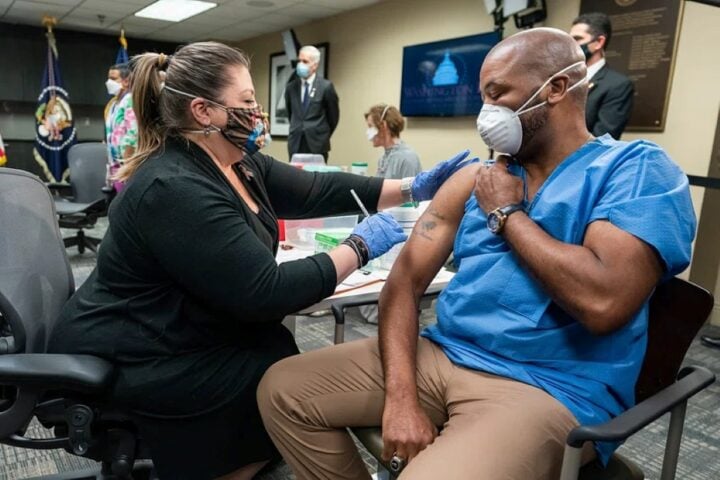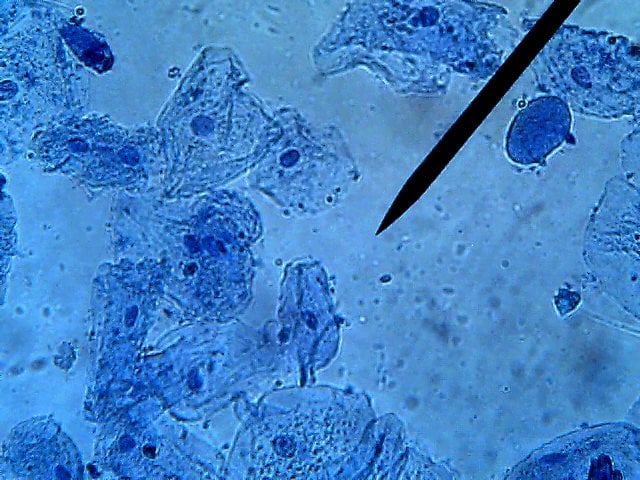Air pollution is becoming the new normal as air quality stoops slowly and consistently. Lifestyles with a byproduct as air pollution are being adopted unknowingly as our societies reach the pinnacle of technology and convenience. Mostly the causes for air pollution are vehicular emissions, industrial pollution, domestic smoke, wildfires, crop fires etc. Many home products are minor to medium air pollutants. In the past many reports connecting air pollution and health diseases have been published. Many of these reports categorise the elderly and children as the most vulnerable to air pollution.
A comprehensive new study, examining potential health risks from low levels of air pollution exposure in 68.5 million older Americans was published by Health Effects Institute. Reporting risks of mortality, including at the lowest levels of exposure to fine particulate matter (pm2.5) even below current U S National Ambient Air Quality Standards(NAAQS).
The study assessing adverse health effects of long- term exposure was carried out by Prof. F. Dominici and her team for four long years. The team reported a 6% to 8% increased risk of mortality among the people who were exposed to air with extra 10 micrograms per cubic meter (µg/m3) of PM2.5. The report was reviewed by the HEI Low-Exposure Epidemiology Studies Review Panel to confirm the conclusions. As per HEI’s latest Global Burden of Disease – Major Air Pollution Sources report, a major source of PM2.5 comes from the burning of fossil fuels, accounting for more than 1 million deaths globally.
America’s current annual national standard of 12 µg/m3 is about to be reviewed by the EPA. This level is higher than WHO’s recommendation. The findings from Prof. Dominici & Team’s report suggests that 143,257 deaths could have been prevented between 2006 and 2016 if the national air pollution standard would have been stricter.
Although air pollution has been declining over the past few decades in many higher income countries, several studies published in the past decade have reported greater risk of mortality & long- term exposures to low concentration of air pollutants.
As per India’s Central Pollution Control Board the air pollution standard for healthy air quality is 50µg/m3. This level is 5 times more than the recommended levels by WHO. The AQI in many parts of India cross these national standards every day. The Findings of the report by Prof. Dominici & Co. are to be taken into consideration while dealing with variants of Covid-19 and timely action & precaution can save millions of people all over the world. Prevention is always better than cure.

Low Levels Of Air Pollution Fatal For Older People – Research Finds
Latest from Health

Deadly Legionnaires’ Outbreak Returns to London Ontario: 43 Cases, 1 Death Within 6km Zone
One person has died and over 40 others have fallen ill in a Legionnaires’ disease outbreak in London, Ontario. Health officials reported that most cases appeared within the past week, mainly affecting

Breast Cancer Risk Test That Saved Olivia Munn Now Detects Her Mother’s Stage 1 HER2 Cancer
Actress Olivia Munn announced Wednesday that her mother, Kim Munn, has been diagnosed with Stage 1 HER2 breast cancer, the same disease that Munn herself battled beginning in 2023. The 45-year-old actress

Children with Autism and ADHD Process Common Plastic Chemical BPA 11-17% Less Efficiently
A new study has revealed that children with autism and ADHD have more difficulty eliminating a common plastic chemical from their bodies, potentially increasing their exposure to this widespread pollutant. Research led

Zurich Lab Finds Intestinal Bacteria in 25% of Coffee Machine Milk Drinks: Poor Maintenance to Blame
A recent investigation by the Zurich Cantonal Laboratory has found serious hygiene problems in coffee machines that make milk-based drinks. Tests showed that one in four samples contained too many intestinal bacteria.

NHS Brings 10-Minute Sponge Test to Pharmacies as 80% of Oesophageal Cancers Currently Found Too Late
A simple ten-minute test that could help prevent one of the deadliest cancers will soon be available in high street pharmacies across England. The NHS has announced a pilot program bringing the

US Measles Cases Hit 1,288: Highest in 33 Years with 92% Among Unvaccinated as Vaccination Rates Drop Below 95%
The United States is now facing its worst measles outbreak since the early 1990s. The CDC reports 1,288 confirmed cases as of July 9, 2025, surpassing the 2019 total of 1,274 cases.

988 Crisis Line: 16M Contacts But Only 1.6% of Americans Use It—Regional and Political Gaps Revealed
Three years after its launch, the 988 Suicide & Crisis Lifeline has handled over 16 million contacts, yet new research shows significant regional and personal differences in who uses this potentially life-saving

Stratus COVID Variant With Unique Hoarseness Symptom Surges to 30% of UK Cases in Weeks
A new COVID-19 variant nicknamed “Stratus” is rapidly spreading across the United Kingdom, adding another chapter to the ongoing pandemic story. The variant, known scientifically as XFG and its offshoot XFG.3, now

Rare Lung Cells Could Hold Key to Preventing Smoke Damage and Diabetes, Stanford Study Finds
Scientists at Stanford Medicine have found that rare cells in our lungs play a crucial role in repairing damage from smoke and viruses. This discovery might someday help protect people from wildfire

Surrey Scientists Target Gene Pathways in TB Zombie Cells, Offering Hope to Cut Treatment Time for 1.3M Annual Deaths
Scientists at the University of Surrey have discovered how to target tuberculosis (TB) bacteria that hide from antibiotics. This finding could lead to better treatments for a disease that kills 1.3 million

Venus Williams’ 30-Year Fibroid Battle: How Doctors Dismissed Pain That Affects 80% of Black Women
Tennis legend Venus Williams endured nearly three decades of severe pain, vomiting, and extreme bleeding due to uterine fibroids while doctors repeatedly dismissed her symptoms as “normal.” The 45-year-old seven-time Grand Slam

US Measles Cases Hit 1,267 Across 38 States, Threatening Elimination Status
Measles is making an alarming comeback in the United States. The country has recorded 1,267 cases across 38 states as of July 1, 2025, already surpassing the previous high of 1,274 cases

Nipah Virus Returns to Kerala: 38-Year-Old Woman Tests Positive as 345 Contacts Monitored
A 38-year-old woman from Thachanattukara in Kerala’s Palakkad district has tested positive for the deadly Nipah virus, putting the southern Indian state on high alert. She is currently receiving treatment at a

Blood Cancer Research Confirms CEBPA Gene Mutation Cuts Survival from 31 to 15 Months in MDS-AML Progression
Scientists at the University of Birmingham have developed a powerful new breakthrough lab model that could speed up the search for treatments for an aggressive blood cancer, according to research published in

Australia’s Health Star Rating System at 32% Adoption While One-Third of Products Show NOVA Mismatch
Australia’s Health Star Rating (HSR) system turns ten this year, but nutrition experts warn this government-backed food label might be steering families toward unhealthy choices rather than helping them. Launched in June


